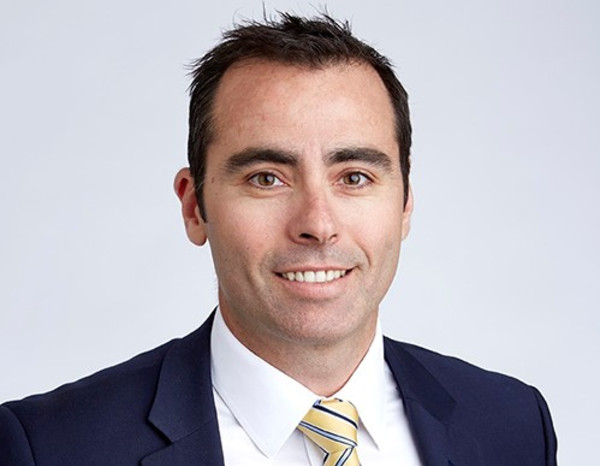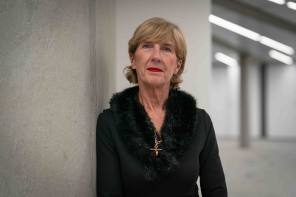

The financial advice industry needs to evolve to ensure there is no conflict in the role played by independent financial advisers and discretionary fund managers, says Tilney Group’s head of business development.
Craig Wright, who manages the business development of Tilney for Professionals, highlights how this part of the business was founded to ensure that Tilney can provide services to external IFAs without creating a conflict of interest.
Tilney for Professionals is an avenue for financial advisers outside of Tilney Group to outsource investment management services to the company, with the guarantee that it will not share these advisers' clients with other parts of the business.
Mr Wright says: “We are basically saying to external IFAs: ‘Do you want a DFM?’ If yes, then we will pair them up with Tilney Investment Management to provide those services.”
He adds: “We observe the rest of the marketplace and there are many other firms that do financial planning and investment management but where they potentially don’t necessarily do it well is separating those two client bases."
Mr Wright explains that no IFA would give him access to their clients if Tilney did not choose to separate the investment management services it provides to its own clients and the services it provides to clients through external IFAs.
He says there has only been one instance where he received a phone call from an IFA asking why one of the adviser's clients was engaging with Tilney’s products directly with the company, instead of through that IFA.
Mr Wright says: “It turned out that the client had bought one of our funds directly with us without the adviser knowing. We were able to identify that and ask the adviser what advice we should take relating to this particular client."
Tilney for Professionals operates on two regulatory models: the adviser model and the introducer model.
The former model involves the adviser conducting know-your-client processes, while the latter model enables the adviser to meet the client face-to-face and take charge of most of the client-facing process.
When Mr Wright finished university, he did not think he would embark into the world of financial advice.
He followed in his father’s footsteps by initially pursuing a career in engineering. He later undertook a career change and became a trainee financial adviser at a practice called Saxybridge in Australia. The financial advice company no longer exists.
He then went on to join Macquarie Group, an investment bank in Australia, before moving to the UK.
Mr Wright says his time in Australia and London are very comparable.
“My time in London is very similar to my time in Australia. The main things you can take from that is, in the wealth management industry, you have the mums and dads requiring advice, you have financial advisers giving that and you have investment managers providing services to an IFA.”
He adds: “For me, gone are the days where I am going to try doing sales techniques to win business. Now it is more about relationship management, trust and transparency.”
Mr Wright’s says his next priority is for Tilney Group to rank within the top four investment management companies in the UK.
He says the industry at present lacks an official method to rank and award the best wealth management and financial planning companies.
“What is the name that you give to the top five or top 10 wealth managers in the country? It does not exist, that is what we should strive for as an industry; to hold something aspirational like a top four or a 'magic circle' for our industry.”
Mr Wright cites assets under management as an example of where the asset management industry has a clear benchmark for assessing companies’ achievements.
“For asset management you can look at AUM, but for financial planners, you cannot rank service.”
However, he stresses: “AUM is not necessarily a good indicator as it does not speak for the service, but if I talk about [a] 'magic circle' you can feel like that’s a fairly aspirational place to be, like the ‘big four consultancies’.”
He adds that feedback from IFAs on why a DFM is not selected is often missing in the industry.
“As a standard I think we should demand it,” he says.
Mr Wright believes that transparency of fees is another important issue for the industry to tackle, following the implementation of the Mifid II.
Mifid II came into force in January 2018 to increase transparency, particularly when it comes to investment fees and charges levied by advisers.
But it also includes requirements on making sure clients are advised to invest in appropriate products.
“Nobody would question the fees a lawyer placed in front of you and nobody would question the fees an accountant placed in front of you. We need to establish that model in the financial advice industry alongside those other professional industries.”
Saloni Sardana is features writer at FTAdviser and Financial Adviser



